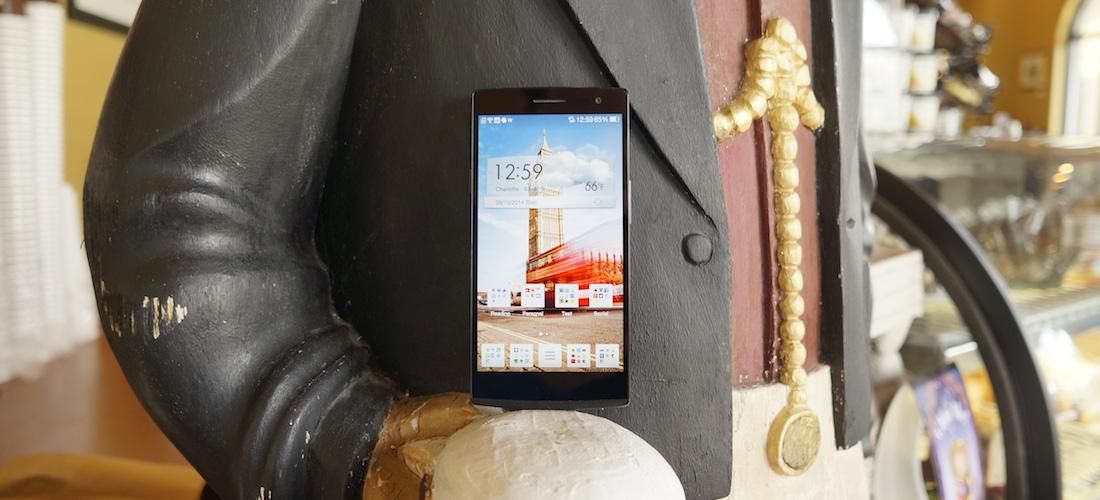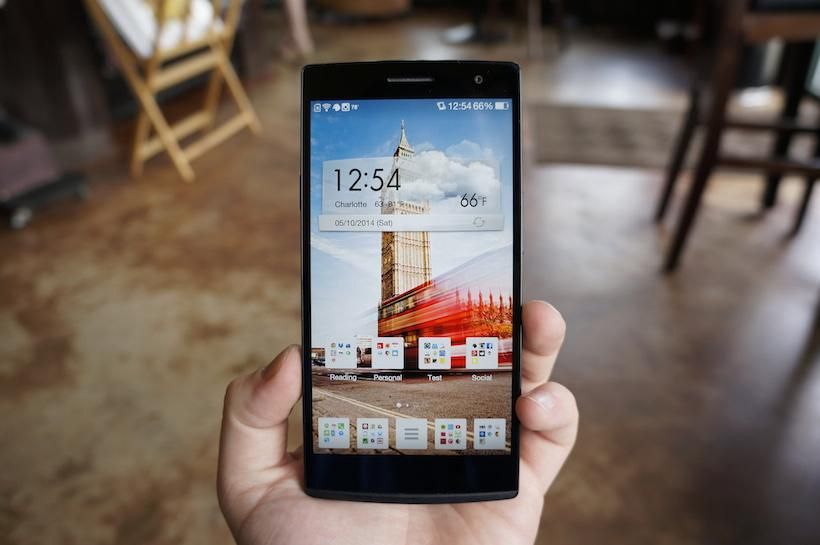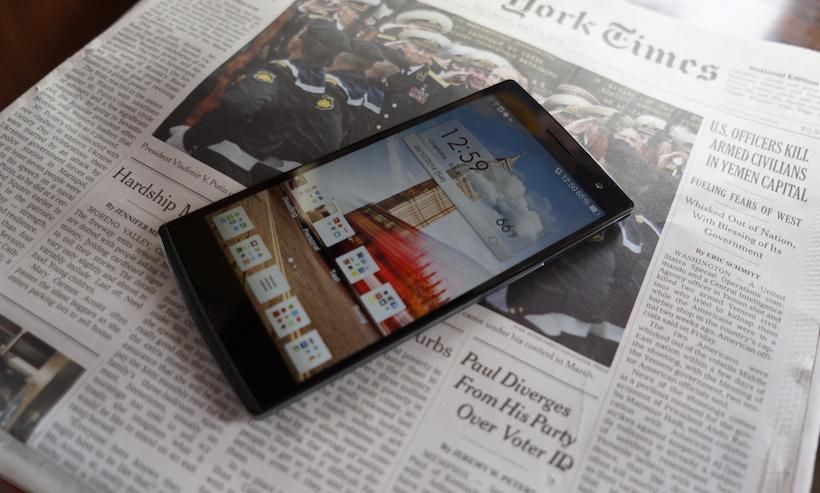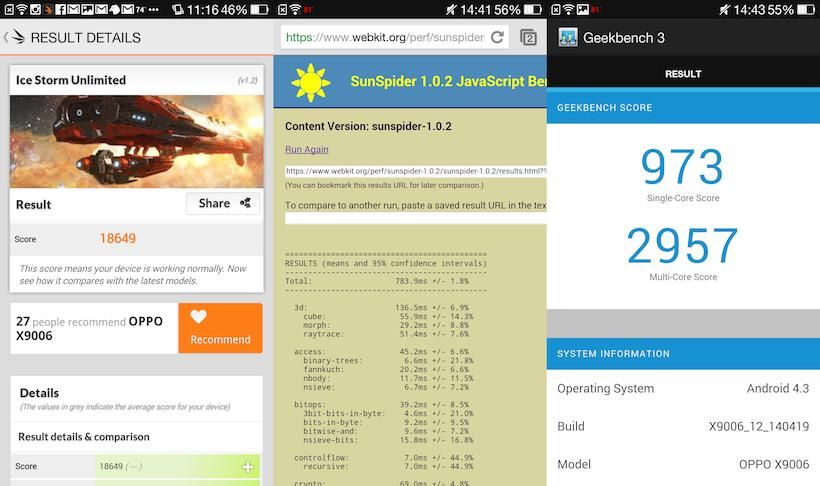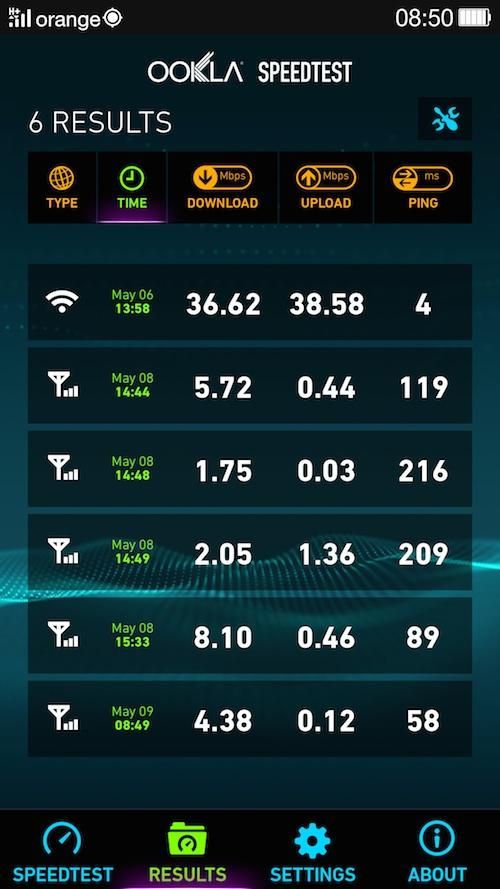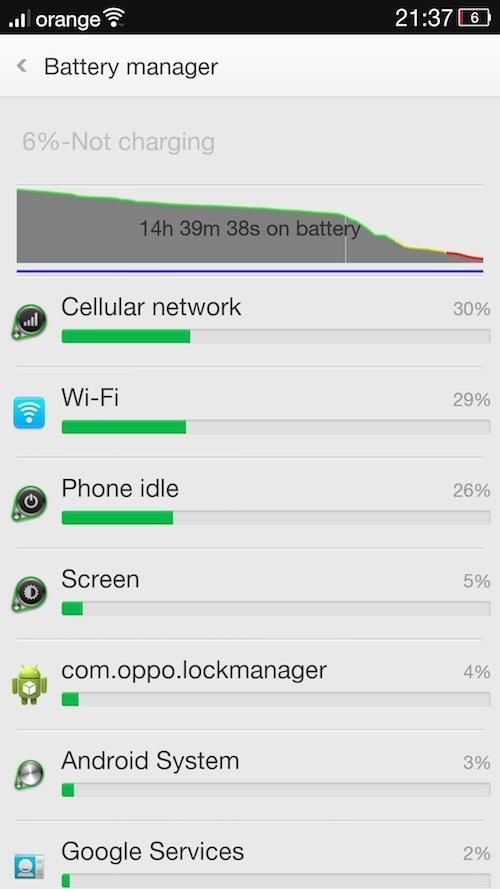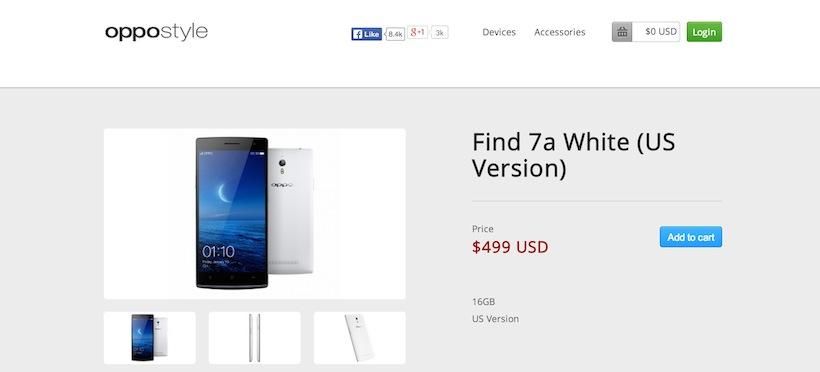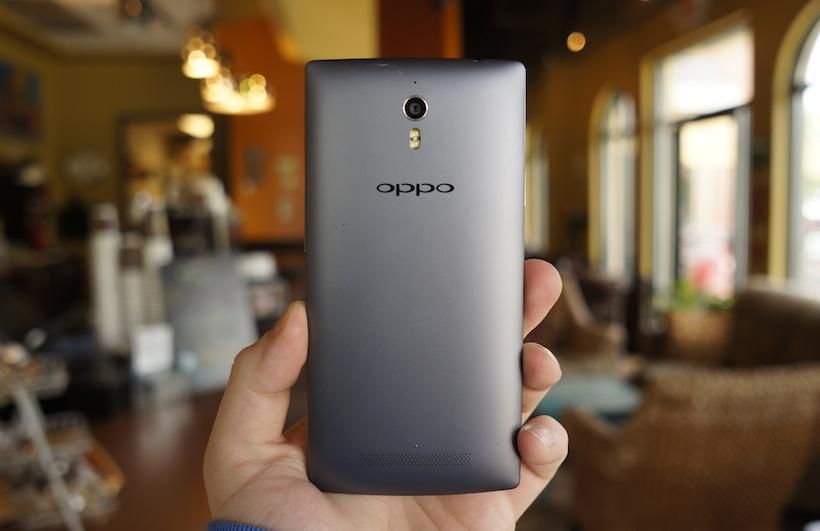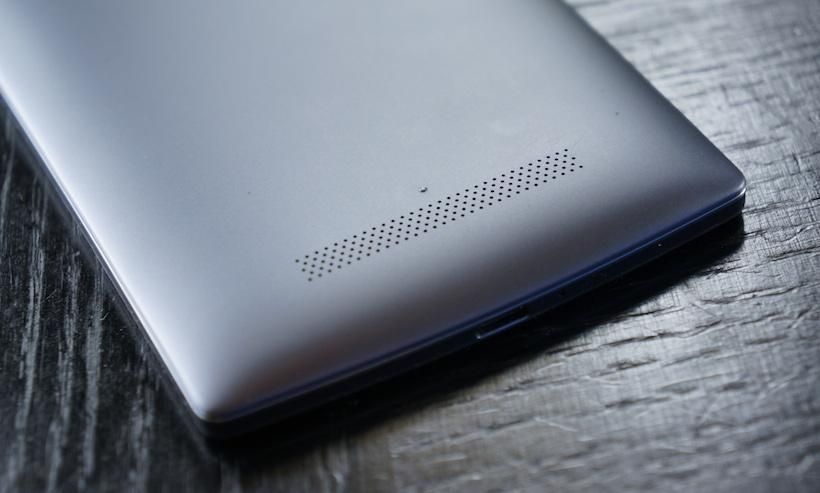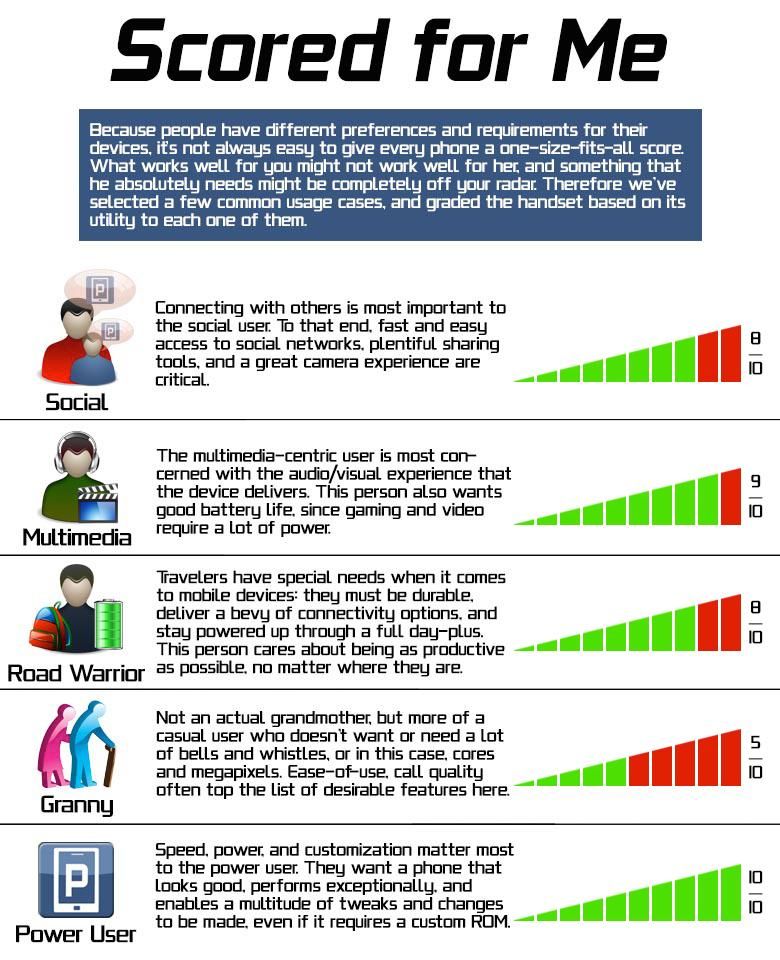Within China, native phone manufacturer Oppo is a well-known and respected brand. Elsewhere, it’s presence isn’t nearly as domineering or demanding of attention.
However, that hasn’t stopped the Chinese maker from turning heads around the world. Oppo first grabbed the attention of many with the Find 5, followed by the N1, a highly regarded phone amongst the tech enthusiasts in which comes in a Cyanogenmod flavor. Just months later, the company announced two new smartphones, the Find 7 and Find 7a.
On paper, these two smartphones look rather impressive. The latter of the two is actually the lower-end model, but we use the term “lower-end” loosely, as it’s still evenly matched with Sony’s, HTC’s, and Samsung’s best.
That said, mountains of past devices have taught us that specifications are not always all-important. So we spent the last three weeks, give or take, using the Oppo Find 7a to see if its monster specs make it the killer phone it’s meant to be.
Does it hold its own? Is it worth the asking price? Or should you wait for the upcoming Find 7? Here’s our take on the Oppo Find 7a.
Video Review · Specs & Hardware · Software · Camera · Performance
Pros/Cons · Pricing/Availability · Conclusion · Scored For Me
Video Review
The most impressive part of the camera’s performance, though, is the Ultra-HD mode (previously called Super Zoom). We detailed the capabilities of Super Zoom in the above video a few weeks ago, and we’re still just as impressed with the feature – not necessarily because the pictures are amazing, but because Oppo has made it possible to take 50-megapixel images with a 13-megapixel sensor and, more often than not, they’re better than the standard 13-megapixel images. It doesn’t require an incredibly steady hand and the amount of detail, though it pales in comparison to something like PureView on the Lumia 1020, is great. Doing more with less is always praiseworthy and it certainly works to Oppo’s advantage in this case.
Video quality is not particularly great. Videos are washed-out, often overexposed, low on contrast, and the auto-focus is very aggressive, making the video shift focus quite a dizzying amount. Details are fine, but the video output is simply not impressive. The audio is crisp, but is poor at handling crosswinds.
Like the One M8, the front camera on the Find 7a is a 5-megapixel shooter. It is not, however, wide angle. The colors it produces are fairly accurate, but it lacks detail, even for a 5-megapixel image, and seems washed-out with low contrast. It’s not particularly impressive, but it’s definitely better than the typical front-facing camera.
Performance
We can’t help but wonder how much better this phone would perform if it came loaded with KitKat out of the box. Hopefully, that will come in due time.
Still, the Snapdragon 801 under the hood keeps the Find 7a purring along without a hitch. We were able to perform day to day tasks, such as emailing, Web browsing, and even playing light games with ease. Applications always load instantly, returning home happens without hesitation, and task switching was quick, though application closing was more aggressive than we’re used to on other high-end handsets.
With a few exceptions, there were no hiccups, stutters, or and noticeable lag. At times the home screen would seem to get bogged down, possibly from the Exclusive spaces or all the heavy customizations. In general, though, the performance was great.
Its scores in synthetic benchmarks only lend credence to its performance prowess, as does its ability to handle even the most intensive games without issue.
We had trouble testing network performance on our US model of the Find 7a. We tried multiple T-Mobile and AT&T SIMs, countless APNs, firmware updates, and factory resets to no avail. Instead, our own Editor-in-Chief Anton D. Nagy also received an international Find 7a unit and tested call quality and data speeds in Romania. He reported average call quality and a stronger-than-average signal, particularly in areas where other competing devices had trouble.
Data speeds were also up to par. The average speeds of five tests were 4.4Mbps on the downlink and 0.5Mbps for the uplink. Peak speeds were 8.10Mbps down and 1.36Mbps up.
We also had to use Anton’s data for battery metrics, since we were forced to use Wi-Fi for the duration of our time with the US model. The 2,800mAh battery is average, at best. On lighter days of usage, you can easily last well into the evening or night without needing to plug in. On heavier days, likely due to the giant, bright display, you may need a supplementary charge in the late afternoon.
Normally, we wouldn’t be happy about this sort of data, especially on such a high-end phone. However, just decent battery life on the Find 7a is no trouble, thanks to Rapid Charge (different from Qualcomm’s Quick Charge 2.0). The power brick that comes in the box with the Find 7a supplies 4.5A output, and it can fully charge the Find 7a from completely dead in under an hour. Oppo says a 30-minute charge will give you at least 75%, and more than once we’ve fully charged in 45 minutes. It’s very impressive, and it’s a feature we wish we’d see more manufacturers use. It definitely offset any sort of battery life problems by allowing us to get a fair amount of juice in seemingly no time.
Pros
+ Beautiful display
+ Extremely fast charging via Rapid Charge
+ Stellar performance
+ Average camera performance with helpful software
+ Average call quality and data speeds
+ Relatively affordable
Cons
– Scratches and dings easily
– Bloated software
– May be too large for some
Pricing and Availability
Currently, the phone is available through oppostyle.com for $499 sans contract. It comes in two color options: White or Midnight. Both the US and international models are available, as well.
International model:
FDD-LTE Bands B1/3/7/20
TD-LTE Band B40
UMTS/HSDPA/HSUPA/HSPA+/HSPA+42 (850, 900, 1900, 2100MHz)
GSM/EDGE (850, 900, 1800, 1900MHz)
US model:
FDD-LTE: Bands B1/4/17
UMTS/HSDPA/HSUPA/HSPA+/HSPA+42 (850, 900, 1700, 1900, 2100MHz)
GSM/EDGE (850, 900, 1800, 1900MHz)
Conclusion
In all, we’d say Oppo hit this one out of the park … and it isn’t even its true flagship, it’s the step down from the Find 7. The Find 7a will have no trouble competing with its competitors’ flagships, such as the Xperia Z2 from Sony, Galaxy S 5 from Samsung, or the One M8 by HTC. Each have their own flair, weaknesses, and strong points.
The one true weakness of the Find 7a is its software, which isn’t all bad. It’s simply dated and detracts too much from the core Android experience, which has greatly matured even since Jelly Bean.
That said, the Rapid Charge technology, Skyline Notification, Ultra-HD camera mode, build quality, display, and performance all come together to put this underdog smartphone on a level playing field with some of the market’s best handsets today.
While it isn’t quite as affordable as, say, the OnePlus One or Nexus 5, its $499 price tag is well-deserved and still a fair amount lower than the $600 to $700 asking price for various Galaxy S 5 or One M8 models.
Color us impressed by Oppo’s latest, and put us on the waiting list for the Find 7a’s big brother.

